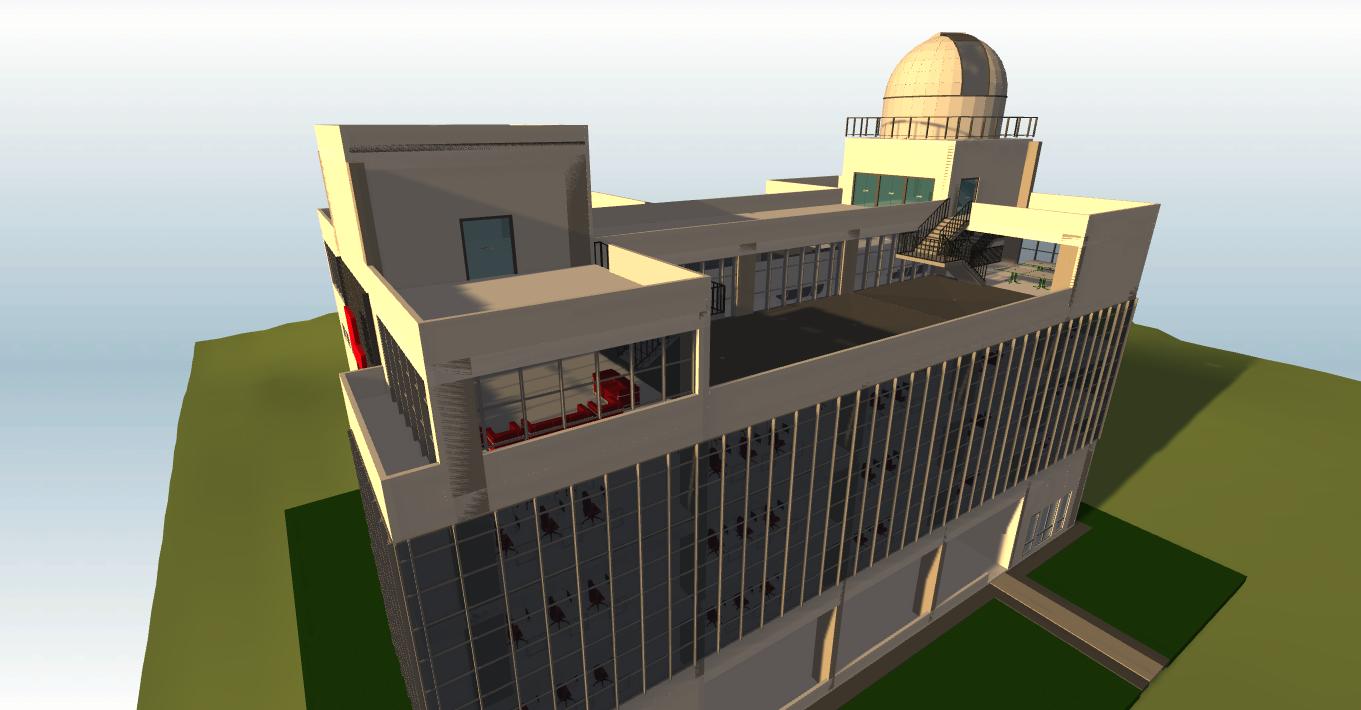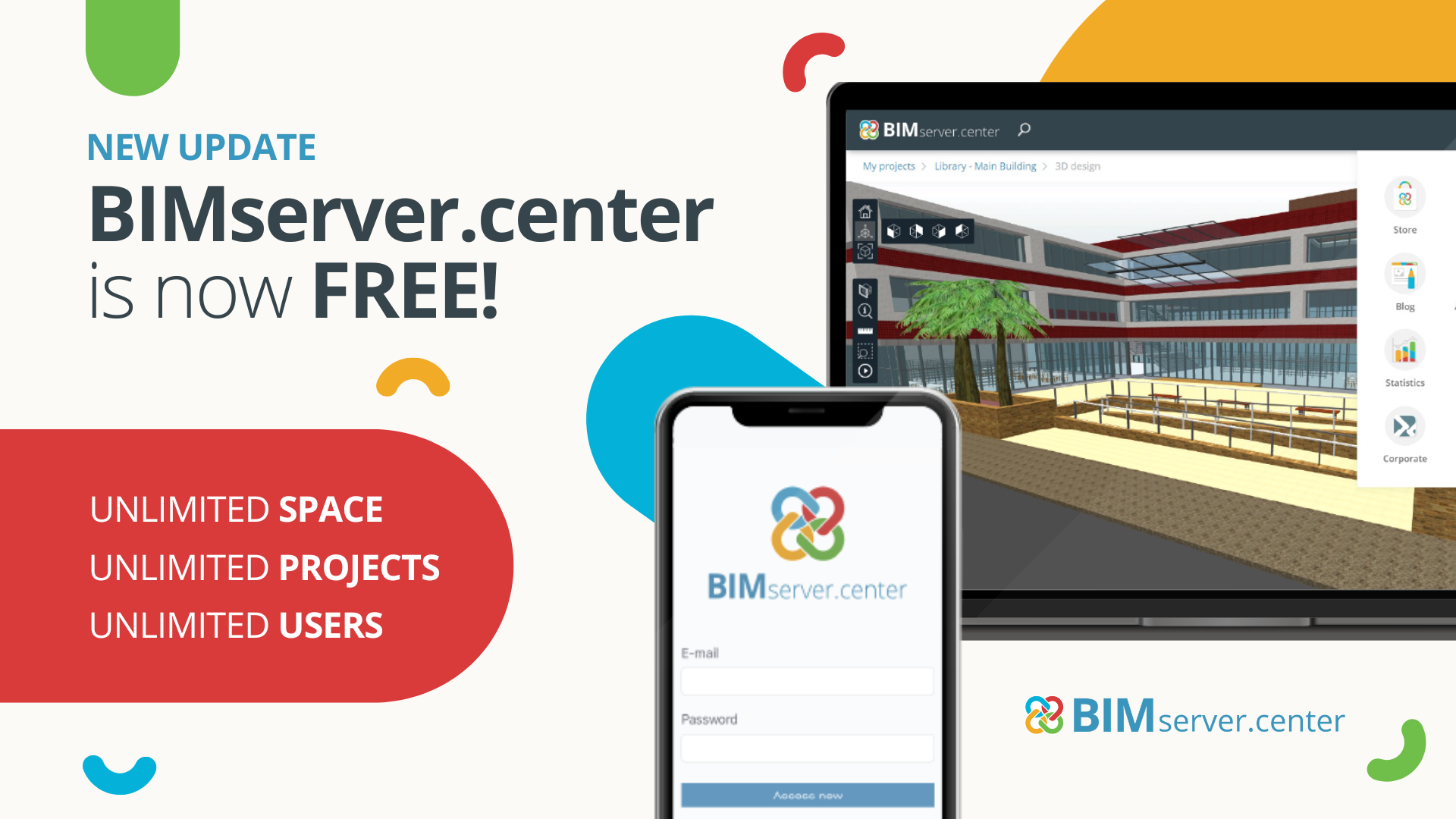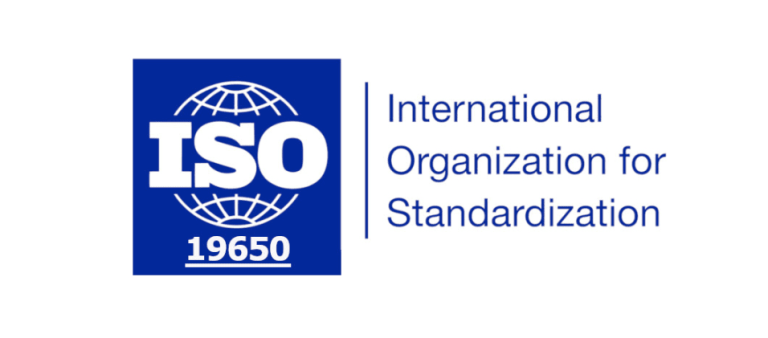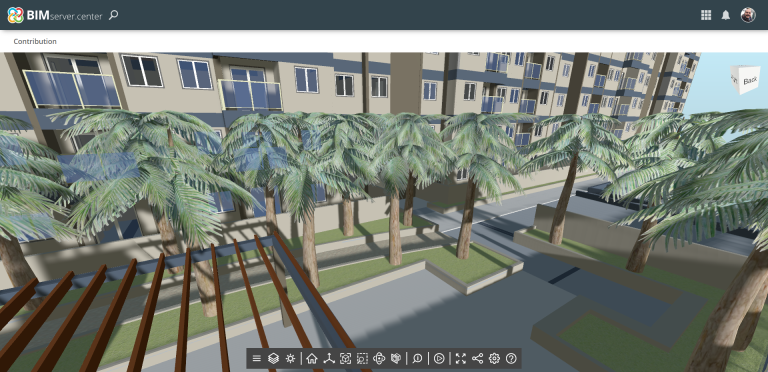- The Global Architectural BIM Software Market Research Report 2019-2026 produced by the international consultancy Research N Reports highlights the use of BIM solutions to gain a competitive advantage in the market.
The construction information modelling industry based on BIM technology continues to be an unstoppable force. This is highlighted in the latest study prepared by the international consultancy Research N Reports in a report entitled ; ´Global Architectural Bim Software Market Research Report 2019-2026´.

The global BIM industry is set to grow at an annual rate of 23% over the next 7 years
This report reveals that the value of the BIM industry worldwide will generate revenues of more than 99.830 million euros by 2026, representing a global growth at an average rate of 23% over the next seven years.
Among the advantages of using BIM technology in the construction sector is the decrease in the loss of time and resources in the design, as well as in the management of data during the construction and life cycle of the building. Since it is estimated that BIM allows to adjust the project measurements by 37% and reduce construction costs by around 20%.
- How BIM technology can help in the development of more sustainable projects
- Open BIM Systems, a BIM consulting service and product integration to Open BIM technology
The report highlights the suitability of this technology in improving the efficiency and productivity of technicians participating in a project, by facilitating and expediting communication between teams and adopting a common workflow based on standardized information and collaboration.
The data highlighted by the Global Architectural BIM Software Market Research Report 2019-2026 showcases the decision taken by different governments around the world to require the use of this technology in public projects. This initiative has been taken by governments such as the United States, United Kingdom, Finland, Denmark, Norway, Singapore, Australia and Spain.









